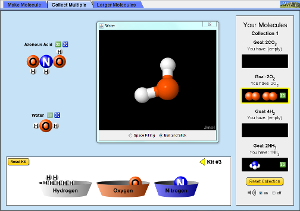Today we began learning about our Inquiry Topic for this term: Properties and Changes of Matter. "What does that mean?" I hear you ask!
Well, we played a game today called 20 Questions, a game where you figure out what it is that the person is thinking, by first asking if it is classified as Animal, Vegetable or Mineral.
This led us to a discussion about how humans have worked hard over thousands of years to classify objects into categories.
Some classifications we came up with were:
-Edible or not? (Handy if you are a caveman!)
-Living or non-living?
-Hard or soft?
-Solid, Liquid or Gas?
Then we learned that ancient civilisations, all around the world, once classified things into the elements: Earth, Air, fire, Wind and Water; some also had spirit/life force, something that can't be seen.
Over time, we learned that, science evolved and the classification of solid, liquids and gases were discovered. Later came plasma (handy in TVs, but not so handy to cavemen!), and in the 1920s Bose and Einstein discovered BEC (Bose-Einstein Codensates... very complicated, but Shannyn is finding out more!).
In the 1700's a French Scientist, Antoine Lavoisier, developed his ideas about the Periodic Table and became known as the 'Father of Modern Chemistry'.
Tomorrow we will learn more about the periodic table, molecules (using marshmallows and toothpicks, and have a play on this tool:

Until then, adios amigos!





